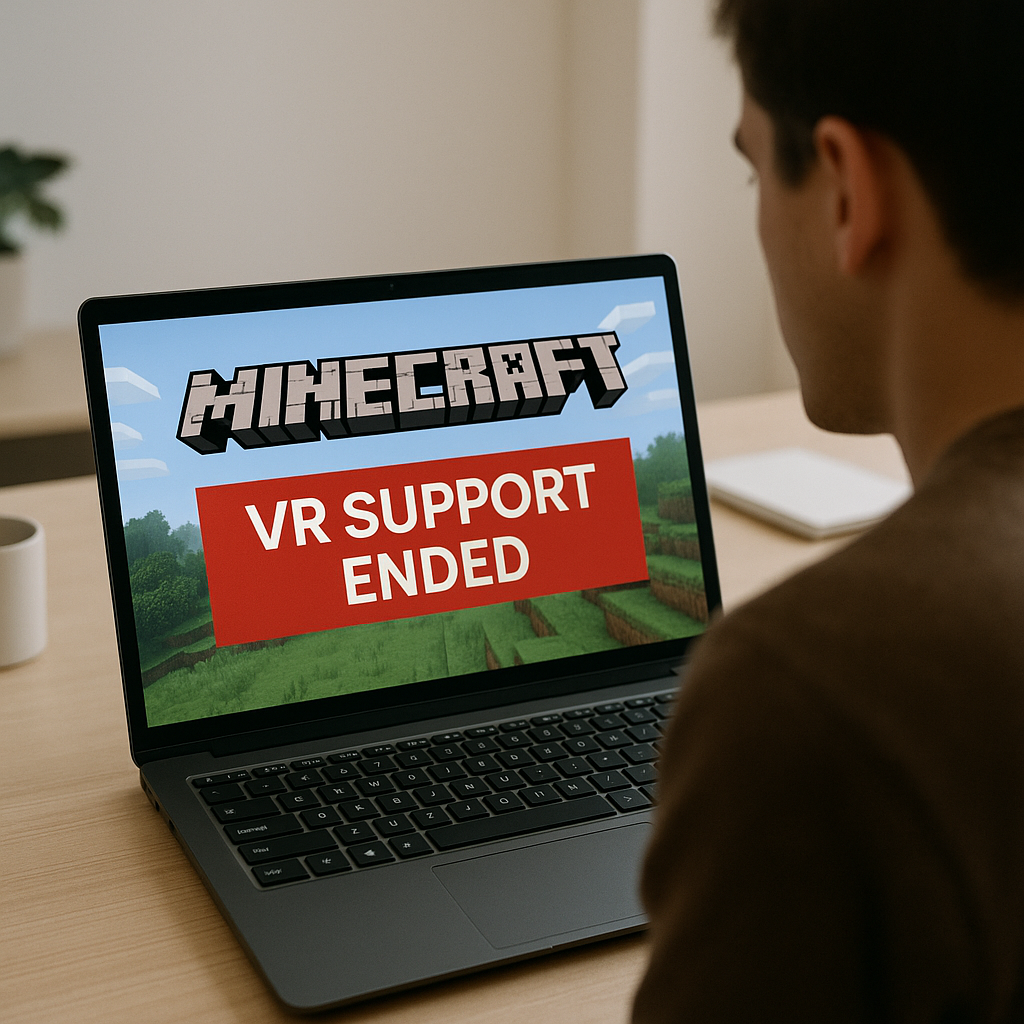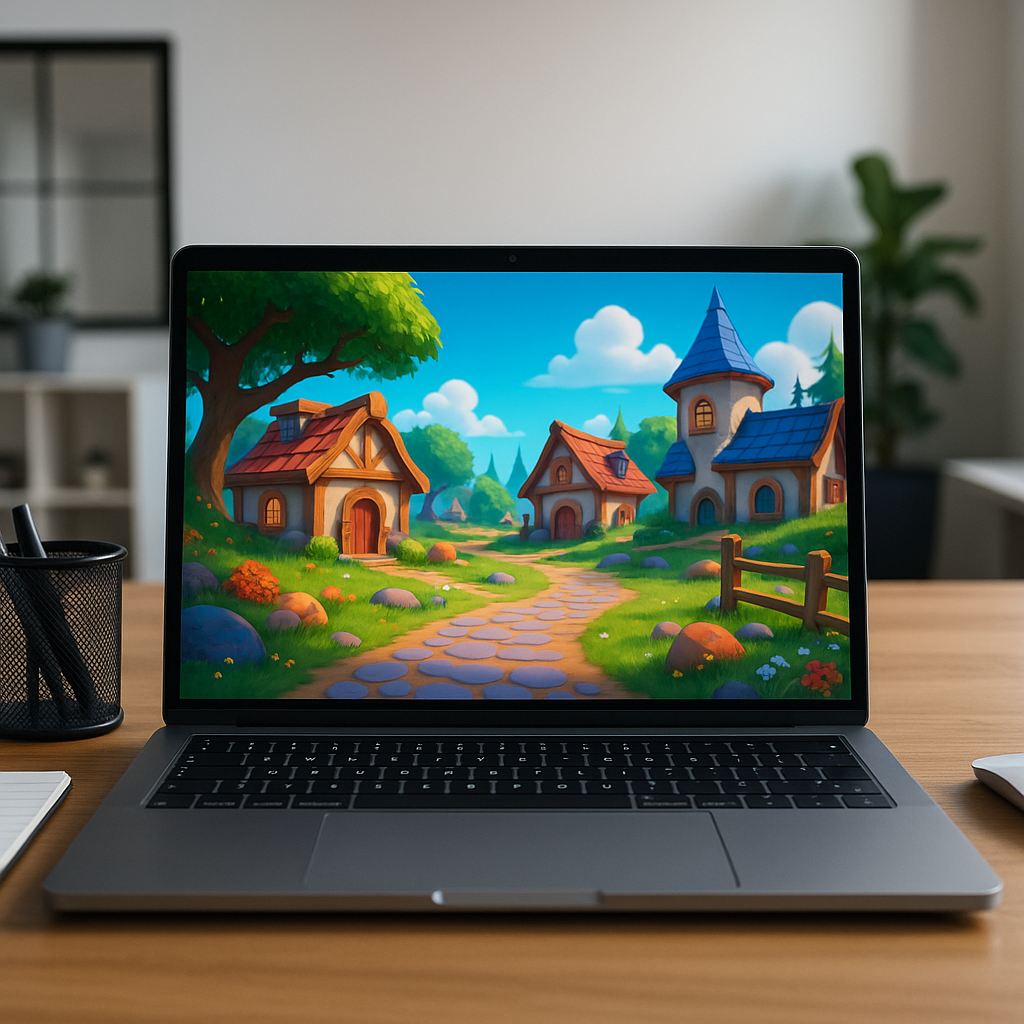# Minecraft Ends Virtual Reality Support: What This Means for Gamers
Today, the gaming community buzzes with the news that **Minecraft** has officially ended its support for virtual and mixed reality platforms. This change, confirmed in today’s patch notes for the game’s Bedrock edition, follows a previous announcement from developer **Mojang** back in October. Players who were hoping for a late extension found themselves granted a few more weeks of virtual exploration before the final cut was made.
But why would a game with a massive player base in the hundreds of millions choose to scale back on virtual reality (VR) and mixed reality (MR) support? The decision to withdraw support for entire gaming platforms is significant and typically not made lightly. So, what are the implications of this move, and what might it mean for VR enthusiasts who loved immersing themselves in the blocky landscapes of Minecraft? In this article, I’ll explore the reasons behind this change and the potential impact it has on the gaming community.
Understanding the Shift Away from VR
Minecraft’s departure from VR signifies a substantial shift not only for the game but also for the virtual reality market. It raises important questions about the future of VR gaming. Mojang’s decision could be rooted in several factors:
- Performance Issues: Maintaining VR and MR support often demands significant resources for optimization and troubleshooting. If the game’s performance doesn’t meet player expectations, developers might opt to focus on enhancing core features instead.
- User Experience: The unique charm of Minecraft lies in its simplistic graphics and open-world design. It’s possible that Mojang found that this experience did not translate well into VR for many players.
- Community and Feedback: The development team may have recognized that the majority of their player base prefers the traditional gaming experience. By reallocating resources to strengthen this primary platform, they could enhance the overall gameplay for most users.
What Lies Ahead for Virtual Reality Gaming?
With Minecraft stepping back from virtual reality, the landscape of VR gaming could undergo significant changes. For instance, many gamers may now look to other titles that continue to prioritize VR, like **Beat Saber** or **Half-Life: Alyx**, to fill that immersive void. Streaming platforms and VR community events may also evolve to keep pace with the growing desire for VR experiences.
Alternative Experiences on the Horizon
While Minecraft’s VR features are no longer available, this presents an opportunity for other developers to step in and deliver experiences that align with the changing market. Titles that prioritize creative design, immersive environments, and meaningful interaction could capture the attention of those seeking an alternative.
Developers working on open-world games, simulation experiences, and interactive storytelling may find a growing audience, particularly if they can effectively harness the capabilities of VR and MR technologies.
Critical Reception and Future Developments
As Mojang pivots from virtual reality, players may naturally gravitate toward games that have been well-received in the VR community. Titles that offer engaging gameplay and innovative mechanics will continue to drive VR sales and interest, but will also bring heightened expectations.
To keep up, developers will need to innovate and listen to player feedback. This ongoing dialogue helps shape future gaming experiences that better meet player desires and preferences.
For Business Decision-Makers
For businesses that are involved in gaming or technology, staying informed about shifts in trends and consumer preferences is crucial.
- Consider investing in VR gaming development, as the market still demonstrates significant potential.
- Understand the player feedback cycle, and remain responsive to both challenges and opportunities for innovation.
- Network with fellow industry insiders to gain insights into gaming trends and technology developments.
Conclusion: What Can Players Expect Now?
Although Minecraft’s exit from VR marks an end to a popular chapter in the game’s journey, it doesn’t signify the end of immersive gaming. There are still plenty of engaging games available, and with the ongoing evolution of technology, players can expect new and exciting experiences in the realm of virtual reality.
As we reflect on this shift, I encourage gamers and developers alike to stay adaptable. The gaming landscape shifts rapidly, and understanding the underlying trends can help you navigate these changes more efficiently. If you’re part of the gaming community, consider connecting with us at [Best Choice](http://web.best-choice.dk) to explore further how technology is charting the future of gaming and what solutions we can offer to enhance your digital experiences.





